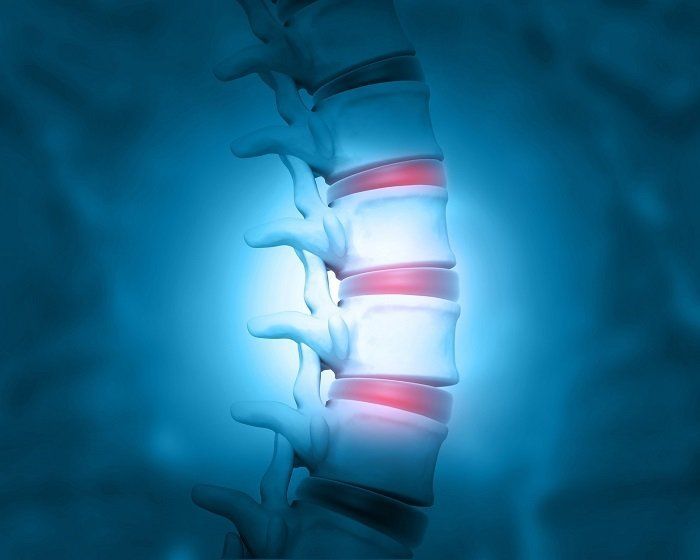5 Dos and Don'ts for Managing Shoulder Tendonitis Pain
If you have been diagnosed with tendonitis of the shoulder, then you probably have been dealing with pain or discomfort to some degree. Whether your condition is acute or chronic, various treatments can help you heal and control the pain. Seeking pain management intervention from a trained specialist is a good start. This guide lists a few things to keep in mind for managing your tendonitis pain.
1. DO Seek Solutions from a Pain Management Intervention Specialist
A pain specialist is highly trained in treating pain from many medical conditions. When you suffer from shoulder tendonitis, your tendons (bands of fiber that connect muscle to bone) have become inflamed. You may find the pain makes it difficult to perform daily tasks or sleep comfortably. Your specialist can offer ways to control your pain, so it's important to get an examination and evaluation.
After a thorough examination and history of your condition and the issues you are facing, your doctor may prescribe a course of action that may help reduce your pain. A pain management intervention plan may include medication, steroid injections to relieve the pain-causing inflammation, physical therapy, or massage.
In some cases, counseling may be recommended. Counseling may help you gain a better understanding of how to control your pain. You may be told of measures to take that can help you feel better.
2. DON'T Practice Poor Ergonomics
Many cases of shoulder tendonitis occur due to stress from repetitive motion or overhead lifting and stretching. Over-extending the arm can place additional stress on your inflamed tendons and cause further pain. Also, if you tend to slouch over a computer screen, you may be aggravating your condition.
Control your shoulder tendonitis pain by keeping your workspace efficient and comfortable. Your computer screen should be at eye level to avoid slouching. Also, try not to extend your arm by reaching for a distant object. Keep supplies within reach.
3. DO Use Ice (Cold Therapy) to Reduce Swelling
Swelling often occurs when tendonitis pain occurs. To reduce the inflammation, place an ice pack on the affected shoulder for several minutes on and off. You may find the ice numbs the pain as it reduces the swelling.
You may use an ice pack purchased at the pharmacy or simply wrap some ice in a washcloth. A frozen bag of vegetables may be used as a makeshift ice pack as well. Never place ice directly on the skin as it may cause damage or frostbite.
4. DON'T Forget to Watch What You Eat
If you reduce the inflammation, your pain may be relieved significantly. Choose to eat healthy foods that contain anti-inflammatory properties. For example, fish that contains Omega-3 fatty acids is said to reduce inflammation.
If seafood is not your ideal choice, then incorporate lots of green, leafy vegetables into your diet. Dark green veggies contain antioxidants which may help relieve or prevent inflammation. Berries are a good choice as well.
At the same time, try to avoid foods and additives that tend to cause inflammation, such as processed meats and high fructose corn syrup. Along those same lines, you should reduce your sugar intake as well, as this may also contribute to inflammation.
5. DO Perform Gentle Stretches
If your shoulder pain limits your range of motion, gentle stretching or exercises may help. Ask your pain management consultant or doctor for exercises you may perform at home. You might try a motion known as the pendulum arm swing. Simply bend at the waist and swing your dangling arm in a circular motion. Shoulder shrugs may help loosen tight muscles and relieve stiffness as well.
As a final consideration, speak with your pain management specialist about ways to manage your condition. Our experts at Specialists in Pain Management can help answer some of your questions. Give us a call today to get started.
Licensed | Bonded | Insured
DISCLAIMER: You will receive a call to remind you of your appointment. If you must cancel your appointment, we would appreciate at least 24 hours notice. No-shows may be charged a missed appointment fee of $25. Please bring your insurance card, a picture ID and your current medications to each visit.
CONTACT INFORMATION
Chattanooga Location
Address: 281 N. Lyerly St, Suite 200,
Chattanooga, TN 37404
Fax: 423-698-0511
Ooltewah Location
Address: 4957 Swinyar Drive, Suite 101,
Ooltewah, TN 37363
Fax: 423-362-7778
Phone: 423-698-0850
Cleveland Location
Address: 862 Callen Ln, NW Suite 110
Cleveland, TN 37312
Fax: 423-698-0511
Business Hours:
Chattanooga Location
- Mon - Fri
- -
- Sat - Sun
- Closed
Appointments Available
Ooltewah Location / Cleveland Location
- Mon - Thu
- -
- Fri - Sun
- Closed




CareCredit, Most Major Insurances Accepted
OUR LOCATION
Chattanooga Location
Ooltewah Location
Cleveland Location













